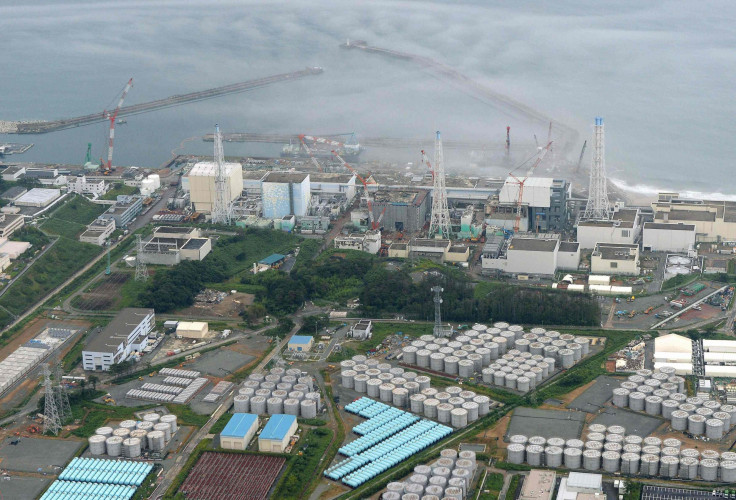Nuclear Safety Officials To Testify On Post-Fukushima Response In Senate Committee Hearing

Nuclear safety officials will testify Wednesday morning at a U.S. Senate committee hearing on what they’ve done to safeguard nuclear power facilities in the wake of Japan’s 2011 Fukushima Daiichi disaster.
The U.S. Senate Environment and Public Works Committee is holding the 9:30 a.m. ET oversight hearing, available via live webcast. All five commissioners from the Nuclear Regulatory Commission (NRC) will attend. The commission formed a task force nearly three years ago to issue proposals for improving safety at nuclear plants, and today’s hearing focuses on the actions taken thus far to put those recommendations into place.
The massive failure of the Fukushima nuclear plant was caused after a 45-foot tsunami, triggered by a 9.0-magnitude earthquake, struck Japan on March 11, 2011. A day later, the facility’s damaged reactors began releasing large amounts of radioactive materials—making it the largest nuclear incident since the 1986 Chernobyl disaster in Ukraine. An after-action committee found that the nuclear disaster was manmade and could have been prevented.
After the incident, senior NRC staff met to review what lessons the U.S. sector could learn, and in July 2011 the commission formed a task force to guide the NRC’s post-Fukushima response. The task force’s recommendations include steps such as: enhancing the ability to keep plants safe during a prolonged loss of electrical power; reanalyzing the potential effect of floods and earthquakes; inspecting existing plant protection features against floods and earthquakes; and evaluating strategies to help confine or filter radioactive materials if core damage occurs.
© Copyright IBTimes 2024. All rights reserved.





















